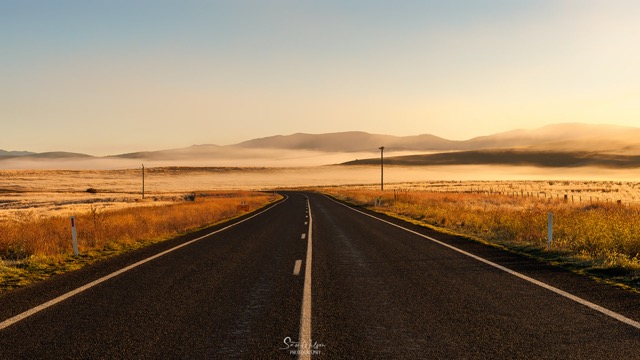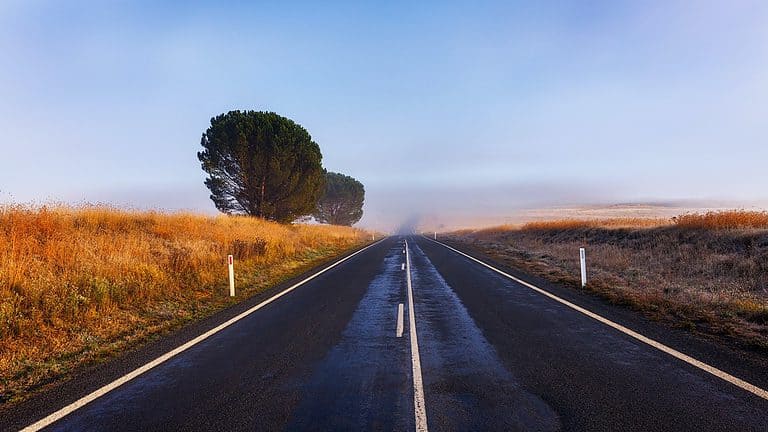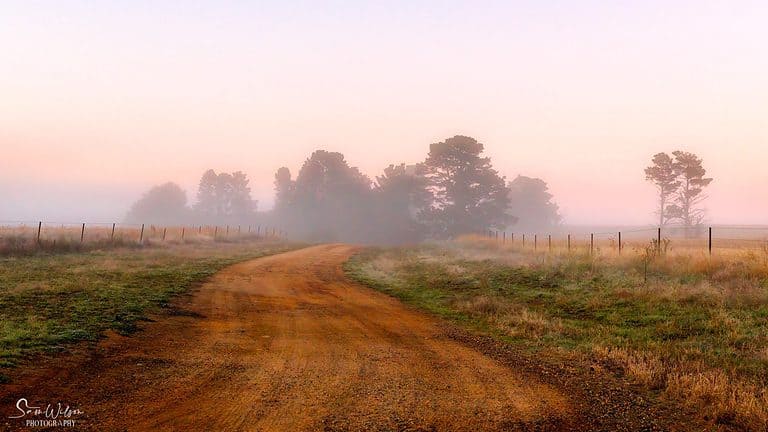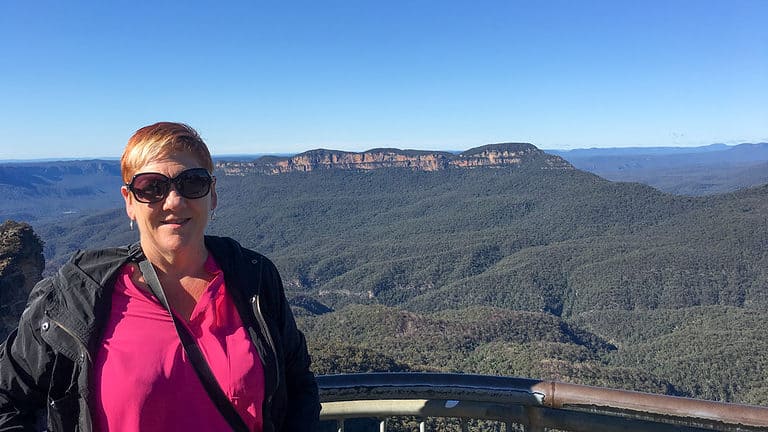Preparing for Your First Solo Trip: The Essential Guide
If you’re considering taking your first solo trip but feeling a bit unsure, don’t worry, you’re not alone. Solo travel can be both exciting and intimidating, but with the right preparation and understanding of what to expect, it can be a liberating and empowering experience.
I learned this through my own solo travel journey, which started after my husband passed away in 2016. I combined my love of photography and travel and went on many solo trips, improving with each one.
Now, I’m here to share my tips and insights to help make your first solo trip a fun and memorable one.
This guide will take you through every aspect of solo travel. From planning and preparation to new experiences and ways to manage loneliness, you’ll learn how to ensure a memorable and enjoyable trip. Embrace your independence and make the most of your first solo trip!
So sit back, relax, and let’s start planning your first solo adventure!
Should You Travel Solo?
Let’s get this out of the way first: travelling solo can be a liberating and empowering experience, but it’s not for everyone.
Before you decide to travel solo, there are a few questions you should ask yourself to determine if it’s right for you:
Are you comfortable being alone? Solo travel means spending a lot of time by yourself, so it’s important to be comfortable with your own company.
Are you independent and confident? Solo travel requires a certain level of independence and confidence. You’ll need to make decisions and navigate unfamiliar situations on your own.
Are you open to new experiences? Solo travel is an opportunity to step out of your comfort zone and embrace new experiences. Are you open to trying new things and meeting new people?

Are you prepared for the financial aspect? Solo travel can be more expensive than travelling with others, as you’ll need to cover all costs on your own. Although, with a bit of research, this doesn’t have to be a big issue.
If you answered yes to these questions, then solo travel may be a good fit for you. If not, that’s okay too! That doesn’t mean solo travel is not totally for you. They may just be things to consider when you start looking at your options.
There are many ways to travel and have new experiences. The most important thing is to choose a type of travel that makes you feel comfortable and confident.
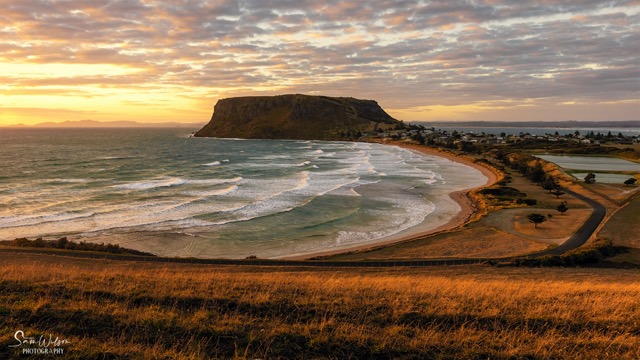
Travel Options: Solo vs. Group Travel
When it comes to solo travel, there are two main options: travelling completely solo or travelling with others in a group. Both have their pros and cons, and it’s important to understand the differences before deciding which option is best for you.
Completely solo travel allows for total freedom and flexibility, opportunities to meet new people, unique and personal experiences, and can improve self-confidence and independence.
However, it can also be lonely at times, and more expensive as you have to cover all costs. You are also responsible for your own safety and navigating hiccups and unfamiliar situations can be challenging on your own.
Travelling solo in a group, on the other hand, offers a built-in social network, some cost savings, safety in numbers, and opportunities to form lasting bonds with others.
However, you do lose independence and freedom, and you have little say on the itinerary.
Having said that, I combine both. I really enjoy doing photography tours as I get to photograph locations that I would not get to if I was solo. And other times I travel completely solo.
It’s all about finding what works for you.
Now that’s all out of the way, let’s get onto exploring your first solo trip:
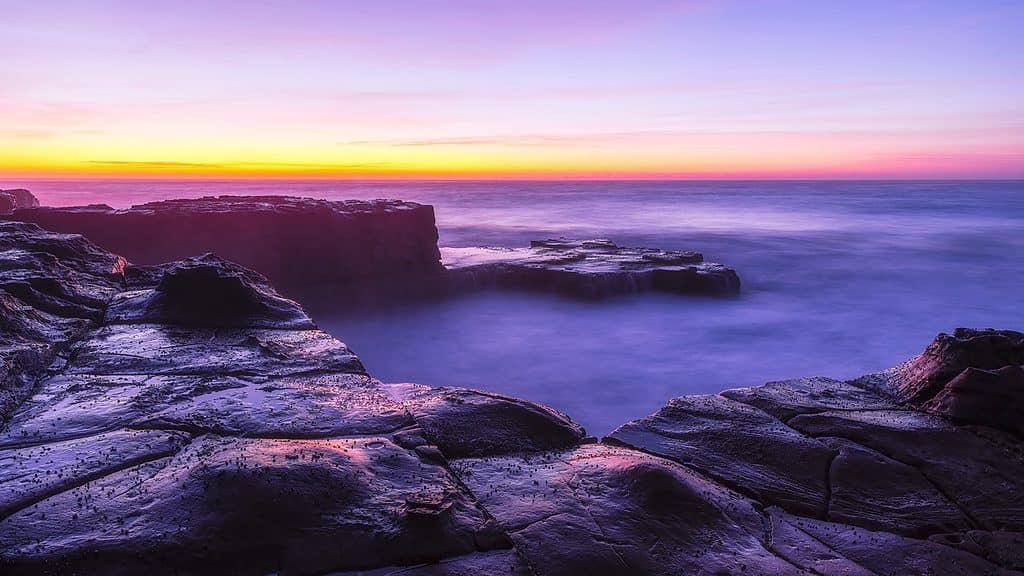
Preparation
The key to a successful solo trip really starts with good preparation. As the saying goes, ‘prior planning prevents poor performance’, and it is certainly true with any travel, but particularly solo travel.
The more you plan, the more you’ll be able to enjoy your journey without any worries. Here are some of the key things to consider when researching and preparing for your first solo trip:
Choosing your destination
Choosing a safe destination for solo travel is important, no matter where you’re planning on travelling to. Here are a few tips to keep in mind:
Research the area: Check out any official warnings and crime statistics for the places you’re considering visiting.
Get recommendations: Ask friends, family, or other travellers for their experiences and advice on safe destinations. People love to share where they’ve been and what they think! There are also a lot of travel blogs full of this information,s research on google as well.
TIP: Join some Facebook groups. One that is great that I love is Solo In Style: Women Over 50 Travelling Solo And Loving It! It is a really helpful supportive group; you’ll never be short of inspiration in there.
Consider the language spoken: If you’re travelling overseas and are not familiar with the local language, doing some research beforehand can make a big difference. You may find that English is widely spoken in the area you’re visiting, or you may need to learn a few basic phrases. There are also helpful tools like language learning apps or Google Translate that you can use to prepare.
Consider your personal needs: Think about your own comfort level and what you’re looking for in a destination. Do you prefer busy, bustling cities or quiet, rural areas?
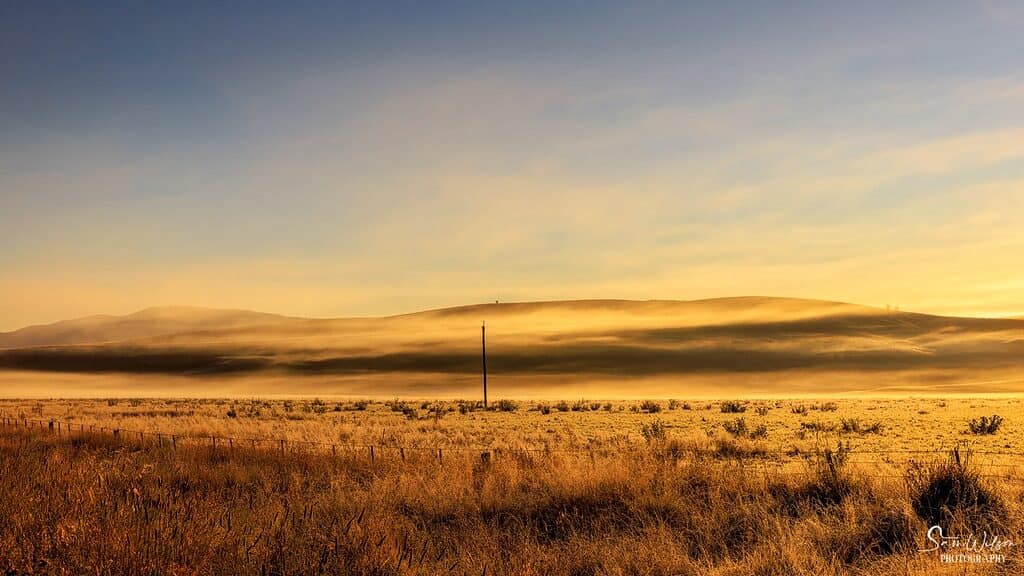
Trust your instincts: At the end of the day, the most important factor in choosing a safe destination is your own intuition. If a place doesn’t feel right, consider choosing somewhere else.
Budget
Determine how much you’re willing to spend on your trip and make a budget. This will help you stay on track and ensure you don’t overspend.
Research the cost of local food, transportation, and activities to get an idea of what expenses to expect.
Make sure to also set aside some extra funds for unexpected expenses or emergencies.
Travel Insurance
Make sure you have travel insurance that covers you for any unexpected incidents.
Nobody wants to think about losing valuables or things going wrong, but it’s necessary practicality and can give good peace of mind.
This is especially important when travelling solo. Choose a policy that covers you for the activities you plan on doing and make sure you understand what is and isn’t covered.
Itinerary
When planning your first solo trip, it’s important to find the right balance between having a loose itinerary and having a structured plan.
While it’s not necessary to plan out every minute of every day, having a general idea of the activities and sights you want to see can be helpful. This way, you can ensure that you make the most of your trip without feeling overwhelmed or stressed.
TIP: Create a ‘travel doc’
Think of this as a digital file where you keep all those fabulous ideas that you don’t want to forget. A simple word document or google docs is all you need – keep it simple.
This is a must for any trip, and if you’re like me at all, there are so many different areas that you want to visit you’ll have several of these – one for every country/region/goal that you can think of.
As you research and organise your trip, you will take everything you find and copy/paste it all into this document. Really, you just copy/paste it into there. My travel doc always includes:
Things to Do: All the things you’ve found as you’ve been searching, including what you need to know, including costs, when they are open, how to get to them.
Things to Eat: All the delicious dishes you plan to eat, so you can search for them while looking at a local menu.
What You’ve Booked: Whatever you’ve booked: your plane tickets, accommodation, tours, transport etc. The goal is to make it easier in order to organise everything into one spot. The easiest way to do this is just to past screenshots into your document.
Important Things To Know: Do you need your passport, any vaccines, visas, currency, do you need to tip?
Travel Tips: Any handy tips you’ve found along the way such as where the best coffee is, best time of year to go, conversion rate if travelling overseas, any basic words etc.
Photography Locations: This is a big part of my planning so I include as much information as I can – where to shoot, best time of day, seasons and even some composition ideas. Instagram is fabulous for this!
Here are a few tips to help you create a balanced itinerary:
Prioritise your must-see sights: Make a list of the top things you want to see and do, and prioritise these in your itinerary.
Leave some free time: Don’t feel like you have to fill every minute of your trip. Allow yourself some free time to explore at your own pace or simply relax.
Be flexible: Keep in mind that things may not always go as planned, and be open to making changes to your itinerary as needed.
Organise Your Transport
With your destination and itinerary in place, it’s time to think about how you’ll get there! Whether you plan on travelling by air or land, it’s important to make your transport arrangements ahead of time.
This could mean booking your flights, rental car, or preparing your own vehicle for a road trip. It’s starting to get real now, I hope you’re feeling excited!
Book Your Accommodation
Once you’ve organised your transport, it’s time to choose your accommodation.
The type of accommodation you choose will be dependent on your style of travel, and of course your budget. Also, if you’re anxious about being lonely, you could consider spending some of your time at a hostel. Many hostels have private rooms, so you get the best of both worlds, your own room and options to meet up with others.
Booking.com is my go to for booking accommodation whenever I travel. It has a huge range of accommodation that suits all price ranges.
You can search for your accommodation here –
What I also love about booking.com is their loyalty program. This often results in generous discounts, free breakfasts and I’ve even had free room upgrades to spa apartments – nice!
Do check the cancellation policy on each individual property you are considering. It can be good to know you can cancel up until just before your booking in case things don’t go to plan.
Pre-Book Popular Activities
For peace of mind, consider booking as much as you can in advance when planning your first solo trip. This includes any flights, car rental, accommodation, activities and even parking.
This not only gives peace of mind; it can be cheaper and it’s one less thing to organise when you’re on the go. Less things to organise equals a more relaxed and enjoyable trip – more wine anyone?
There are often activities that are extremely popular or that have to be booked in advance. Be sure to check this in advance so you don’t miss out; particularly if it’s something you have your heart set on.
This can be particularly true if you are visiting during peak season. It may make your trip a little less spontaneous but you will be guaranteed a spot. If in doubt, contact the company and ask what they would suggest. Most will be honest and practical.

TIP: Even if you’ve decided to go completely solo for your first trip, consider joining in on day tours where you’re visiting. These can break up being totally on your own, someone else does the organising to give you a break, and you really can learn a lot from your guide. They also offer an additional way to meet other travellers if that interests you.
Packing
Make a packing list with the help of our free “Travel Planning Printables“, which include a variety of planning tools, including packing lists.
Pack only what you need and make sure you have comfortable walking shoes, appropriate clothing for the climate, and a small first-aid kit.
Packing smart and efficiently can help reduce stress and make any trip more enjoyable.
Don’t let all that preparation put you off! It’s actually not as time-consuming as it seems and can even be a fun part of the journey. Just choose what works for you and feel free to skip the rest.
And check this out if you’re considering a road trip:
Dealing with Common Concerns
It’s completely natural to have some concerns before your first solo trip. But don’t worry, with a little planning and preparation, most of these issues can be easily addressed.
In this section, we’ll take a look at some common ones and give you some helpful tips for a smooth and enjoyable trip
Safety
Safety is a top concern for anyone travelling solo, especially for those doing so for the first time. However, with some preparation and mindfulness, you can have a safe and enjoyable trip.
It is important to note that no matter where you go, or what type of travel you are doing, safety should always be a top priority. Travelling solo just means that all decisions are up to you and you need to be prepared and aware at all times.
No matter where you go or what type of travel you embark on, safety should always be a top priority. Whether you’re backpacking through remote destinations or staying at a five-star resort, taking the time to prepare and be mindful of your safety can help ensure a smooth and enjoyable trip
Here are a few tips to help manage safety concerns while travelling solo:
- Research your destination: Before you go, research your destination to familiarise yourself with the area, and local customs or laws that could be different to home, and any potential safety hazards. Knowing what to expect can help you make informed decisions and stay safe.
- Trust your instincts: If something doesn’t feel right, trust your instincts and remove yourself from the situation. It’s better to be safe than sorry. I tend to avoid going out too much at night, but that’s a personal choice.
- Keep a low profile: Avoid drawing attention to yourself as a solo traveller. This can include wearing expensive jewellery or carrying large amounts of cash. No matter where you go it will probably be obvious to locals that you are a visitor, but there’s no reason to make yourself stand out any more than necessary. This will clearly depend on the destination you’re visiting, so do your research.
- Stay in touch: Make sure someone back home knows your itinerary and how to reach you in case of an emergency.

Finally, don’t let these concerns prevent you from heading out solo. Preparation and awareness are key so you can still have an amazing solo trip.
Overcoming Loneliness
Solo travel can be an amazing and empowering experience, but it can also be lonely at times. This is completely normal, and it can also happen when you are in groups; and whether you are at home or travelling; it is part of life.
Tackling loneliness on a solo trip can be a challenge, but there are ways to combat it and make the most of your time.
One option is to actively seek out social situations. Join some day tours, attend local events, or take a class to meet new people. This will not only keep you busy, but also give you the chance to connect with others who share similar interests.
Another way to manage loneliness is to embrace solo time. Take advantage of your newfound freedom and do the things you love, whether that’s exploring, reading, journaling, or simply relaxing.
This can be a great opportunity to recharge and reconnect with yourself. Don’t be afraid to spend some time alone and enjoy your own company.
The key here is to understand that it could happen so put some things in place to manage it when you do feel that way. Also know that it is completely normal and will pass.
Staying Connected with Friends and Family
Another common concern is losing touch with loved ones back home.
Friends and family may hesitate to reach out to you while you’re on your solo trip. This was something I definitely had to navigate when I first started travelling solo.
Just have a chat with them before you go and let them know you want to stay in touch. You can find a balance that works for both of you, like setting up regular check-ins or a messaging group to keep everyone updated on your adventures.
And don’t be shy about reaching out to them when you are feeling lonely. Sometimes you just need to chat and hear a familiar voice, and that’s perfectly ok.
Staying connected is a two-way street, so encourage them to stay in touch and enjoy the journey together.
Social media is another way to stay connected. Set aside some time each day, maybe at breakfast or the end of the day and stay up to date with what everyone at home is up to.
And don’t forget to share your updates and photos to show everyone what a fabulous time you’re having!
Boredom
While solo travel can offer a lot of freedom, it can also lead to boredom.This is a fairly simple one really. Make sure you have plenty of things on your list to do if this happens.

Dining Solo
Dining alone while travelling solo can feel intimidating, but it can also be a great opportunity to try new things and step out of your comfort zone.
It is something that I definitely struggled with at the beginning. It really is just something that you have to do, and trust that it does get easier. As with many things, the first time is the hardest.
Treat yourself to a nice meal, get lost in a good book or people watch, or strike up a conversation with someone new. This can also be a great time to catch up on your socials, go through your photos, and plan your next activities.
Managing Unexpected Events
Travel can bring unexpected surprises, but it’s important to remain calm and have a plan in place. Make sure you have travel insurance that covers you for any unexpected incidents. Be prepared for the unexpected by carrying a first-aid kit, a backup plan for accommodation, and a list of emergency contact numbers.
You may experience flight delays or mistakes with accommodation or activity bookings. It’s important to remember that similar things happen at home, so take a deep breath, and manage these things as you go.
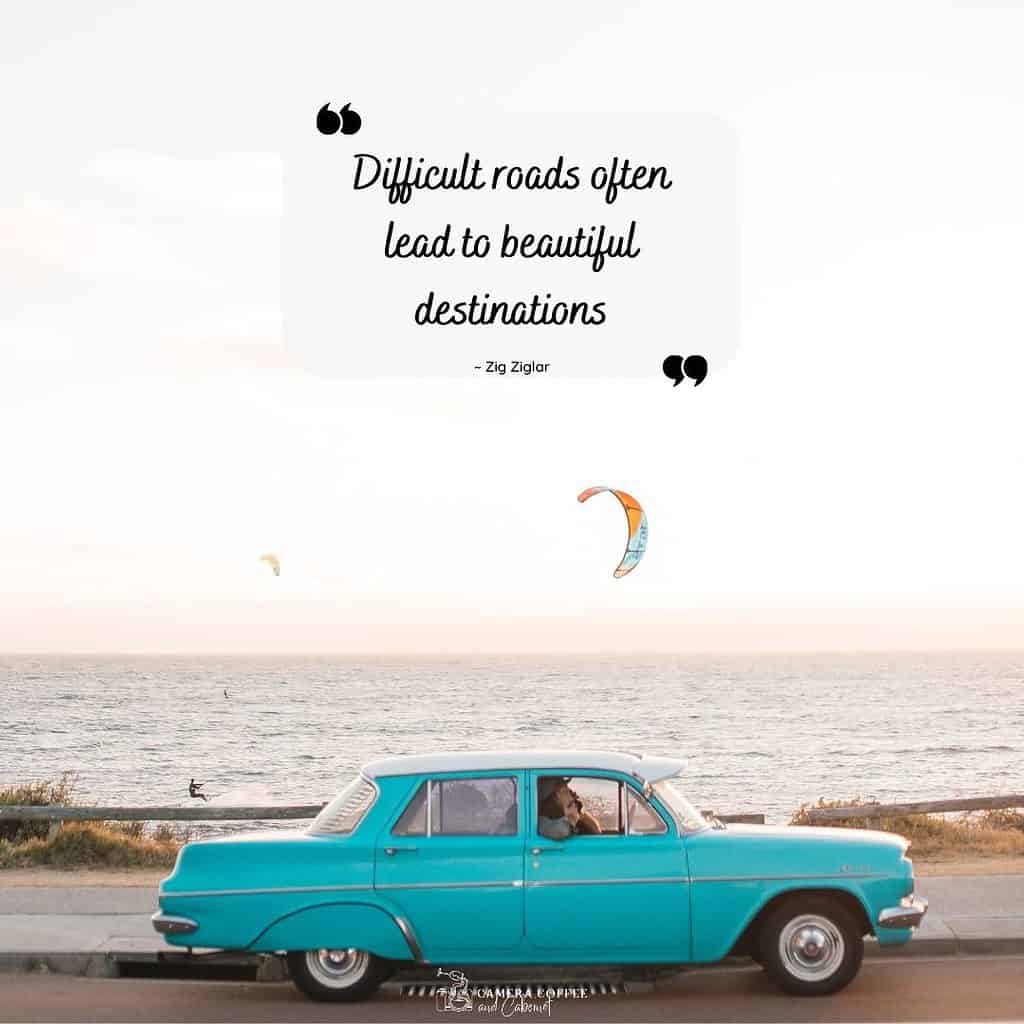
Be confident that all will be ok, and it usually is. Every time something like this happens you are learning and growing as a person, so at the end of the day it’s all positive. And once it’s over, it’s these events that often make the best stories, not to mention how good you’ll feel about yourself for solving whatever problem it was.
By preparing for these common concerns, you can enjoy your solo travel experience with peace of mind and a sense of adventure.
Now onto the fun part: Making the most of your first solo trip!
Making The Most Of Your Trip
So you’ve now done all your planning and preparing.
You’ve arrived at your first destination – it’s time to enjoy and make the most of your first solo trip!
I’m excited, and I hope you are too.
To get absolutely as much as you can out of your adventure, here are some tips on making the most of your trip:
Explore new experiences
Try new things, visit new places, and push yourself outside of your comfort zone. Whether it’s trying a new cuisine, taking a cooking class, or visiting a local festival, there’s so much to experience when you travel solo.
If you’ve read any of my articles about road trips, you would know that I’m a fan of creating a travel document and having everything at the ready when you start your trip. If not, you can grab my free Travel Planning Guide, and catch up on what I’m talking about.
Attend local events and festivals
Get involved with the area you’re visiting by attending local events and festivals.
If you haven’t researched this in advance, then head to the local tourist or visitor centre to get up to scratch. The staff there are always happy to share what’s happening, and it’s a great time to grab local maps or any brochures.
This is also a great way to meet new people and experience everything that area has to offer.
Meet new people
Don’t be afraid to strike up a conversation with someone new, whether it’s with a fellow traveller or a local resident. Travelling solo is an excellent opportunity to expand your network and make new friends.
Join groups and tours
I’ve mentioned this before, but joining a tour is a great way to meet people and learn about the area from a knowledgeable guide.
It also gives you a break from organising everything yourself. Sit back, enjoy and let someone else do the work!
Do activities you enjoy
Don’t let travelling solo stop you from pursuing your hobbies and interests. Whether it’s visiting museums, taking part in outdoor activities, or simply relaxing on the beach, make sure you make time for activities that you love.
Are there any classes related to a hobby that you already love you could try at your destination? I’m going to say photography of course as that is something I love, but what about cooking, art, jewellery making; the options are endless.
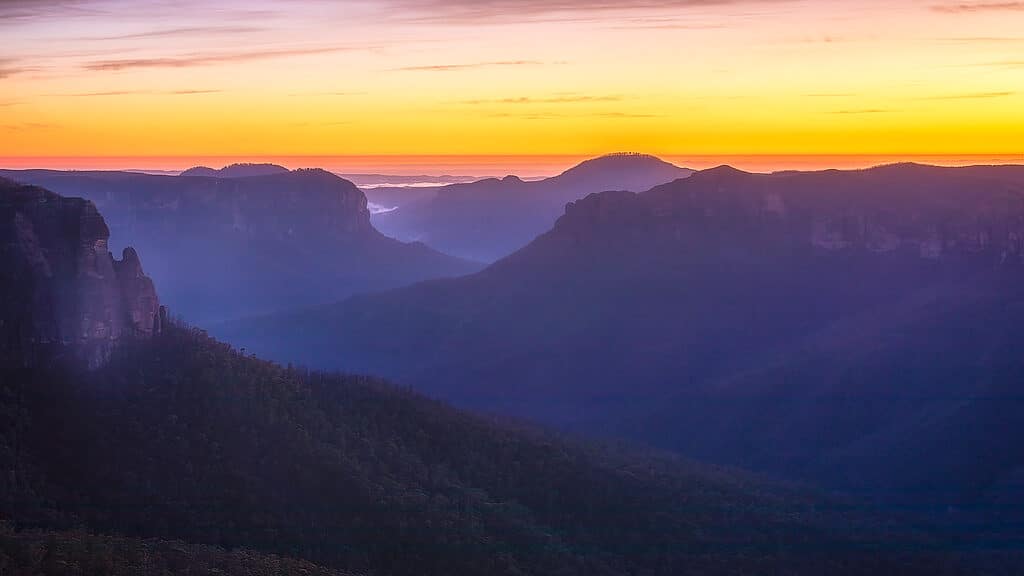
Keep an open mind
This may sound contrary to the planning section above, but it’s so important to let go of expectations and be open-minded as much as you can. This is the perfect opportunity to allow yourself to be surprised by your experiences and the people you meet.
One of the biggest challenges of solo travel, or any travel if you think about it, can be the pressure to have the perfect trip. Think of the pressure that there always is to have the perfect Christmas, and you will understand where I’m coming from here.
There is the pressure to make the most of every second, see EVERYTHING, and be ‘living your best life’ constantly. This pressure can turn travel into work and not at all enjoyable.
Travel is a part of life, and just like life, it isn’t always perfect.
So, try to be adaptable and open-minded. You don’t have to stick rigidly to your itinerary. It’s great to have that, but if something interesting pops up, go with it and change your plans.
You may see a sign leading to an interesting location, or there’s an event in town that you didn’t know about. Go with it, as these experiences can often become the highlight of your trip.
Remember that this trip is all about you, and as long as you’re enjoying it, it’s a success 100%.
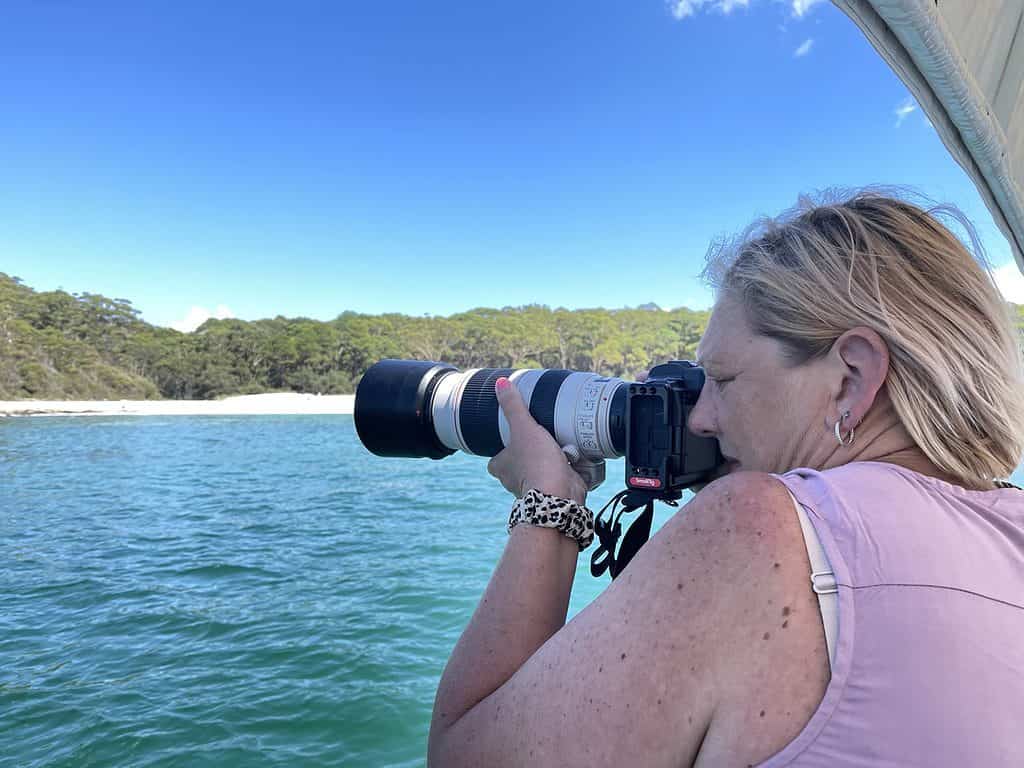
Embrace independence and self-discovery
The number one reason that many people choose to travel solo is the FREEDOM.
You are completely in control so you get to do what YOU want to do, when you want to do it, without having to check in with anyone else.
Make the most of it, and you are sure to have more than enough fun.
Want a lazy afternoon to just read a book – go for it!
See a sign for a big hike the next day that you’d love to do – who’s stopping you?
There are so many options here: a pampering day, savouring a meal at a restaurant that caught your eye, skydiving, bungee jumping – it’s all up to you!
Solo travel is also a great time for reflection. It can be a great way to disconnect from your everyday life, and even social media (dare I say it) and focus on your own thoughts and feelings.
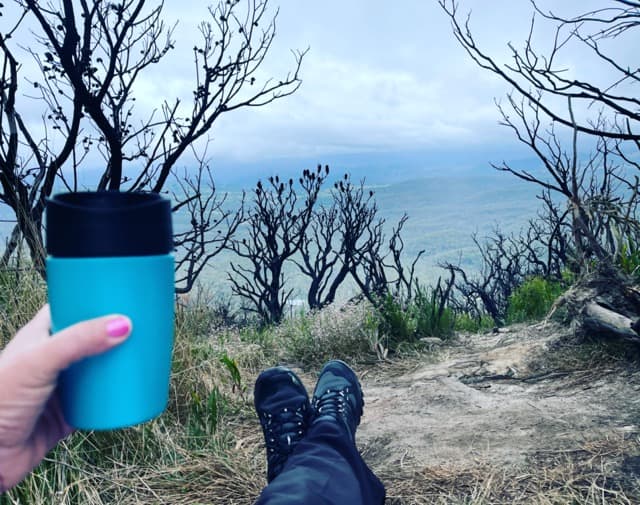
You can choose whether this is an opportunity to challenge yourself and step out of your comfort zone, or just to get to know yourself better.
To be honest, this is the number one thing that makes solo travel fun for me!
Travelling solo allows you to focus on yourself and your personal growth. Take time to reflect on your experiences and embrace the journey of self-discovery.
Plan time for some downtime and self-care
Plan for a day, or even an afternoon or lazy morning where you don’t schedule any activities. This will depend on the length of your trip. Taking some rest time will allow you to recharge and enjoy the experience.
Schedule these rest times after a particularly long day, or after four or five days on the go. For a longer trip, consider planning at least one rest day each week.
Downtime is so important for you to recharge and relax. As enjoyable as travel is, it can be exhausting, so don’t forget about self-care. Whether that’s taking a yoga class, reading a book, or simply taking a nap, taking care of yourself is crucial for a successful solo trip.
Whatever works for you …
Take lots of photos
Take your camera, and take millions of photos. Ok, not millions, but you’ll only regret the photos that you didn’t take. Make sure you pack all of your necessary gadgets that go along with this.
Introverted Solo Travel: Embracing Your Personality
Solo travel may seem daunting for introverts who enjoy spending time alone and recharging in solitude. If you’re an introvert, you may be worried about having to socialise and interact with new people all the time. But don’t worry. You can still have a wonderful solo travel experience while staying true to your introverted nature.
One of the best things about solo travel is the freedom to do what you want, when you want. Use this time to explore new experiences and try new things, all at your own pace.
If you do plan group day tours or join in with others on activities, balance this with planned solo time to recharge. This doesn’t mean doing nothing, but more solo activities such as seeing some local sights, walking or going on a solo day drive.
Also consider you accommodation. I really value my alone time, so always book a motel or cabin with a balcony so I can chill in comfort. No hostels for me.
By planning ahead and finding ways to balance social interaction with alone time, you can make your first solo trip a success.
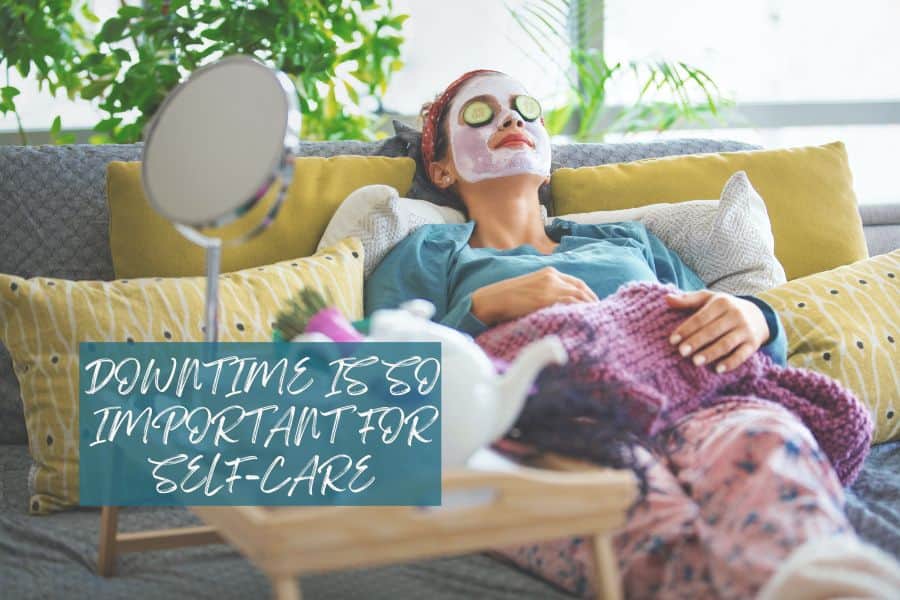
Starting Small with Solo Travel:
Taking the first step towards your first solo trip can be daunting. But starting small can be a great way to build confidence and get comfortable with the idea of solo travel.
Here are some ways to start small:
Take a day trip: Start by taking a solo day trip to a nearby destination, like a nearby city or a scenic location. This can give you a taste of solo travel without having to commit to a longer trip. It also gives you a taste and chance to practise dining solo.
Plan a weekend getaway: A weekend getaway can be a great way to start solo travel. You can choose a destination that is close by, and still experience the thrill of solo travel.
Join a tour: If you’re feeling nervous about solo travel, consider joining a tour for your first solo trip. This can be a great way to meet other travellers and get a taste of solo travel with a group.
Travel to a familiar destination: If you’re worried about feeling lonely or unsafe, choose a destination that you are already familiar with. This can help you feel more comfortable and confident during your solo trip.
Starting small is a great way to ease into solo travel and build up your confidence. My first solo trip was a ten day solo drive and it really was a bit much to be honest, so I really recommend starting small.
Remember to take your time, and don’t feel like you have to travel to the other side of the world for your first solo trip. The most important thing is to have fun and enjoy the experience.

My favourite solo travel tips
To wrap up this guide on preparing for your first solo trip, I’d like to share a few extra tips that I’ve personally learned along the way.
Start your day early: Apart from thinking that sunrise is the best part of the day for photography, getting out and about early means less crowds, no lines, beautiful morning light and the chance to see a place almost all to yourself.
Arrive at your accommodation while it’s still light: This allows you to get your bearings, familiarise yourself with the area, and feel more comfortable in your surroundings. It also helps to reduce the stress of navigating an unfamiliar place in the dark.
Travel with a book: Travelling solo can sometimes leave you with some time to fill, like waiting at the airport, on flights or even at a restaurant. A book has saved me numerous times from feeling bored or lonely.
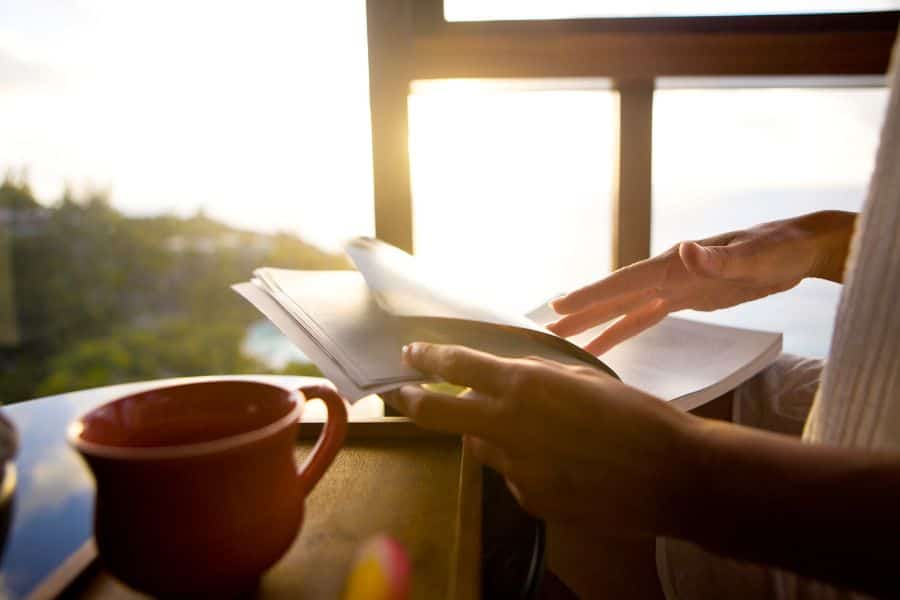
Consider having your main meal during the day: This has a few advantages but it’s not for everyone. As an early riser I’m up and out early, so don’t usually want a late night. I do feel safer not heading out at night on my own too much, and lunch tends to be less crowded. Also, meals can be cheaper if you’re trying to be budget-conscious.
Take all your gadgets: I’m sure no one would go anywhere without their phone, but also consider a tablet or laptop (with all the necessary chargers of course). This makes it easy to stay connected when travelling, but also to edit your photos and watch movies etc. when you find yourself with some time to fill.
Remember that you’re not alone: Even though you may feel like you stand out as a solo traveller, I can almost guarantee you won’t be the only one around. There are many other solo travellers out there, and you’re likely to meet some of them along the way if you’re observant and reach out.
Embrace your independence:
Finally, I encourage you to try it and relish every moment!
Yes, things can go wrong (and they do), but managing these solo is a fabulous boost for your confidence, and they make the best stories when you get home.
Do try to slow down and really enjoy your experience. It’s so easy to get caught up in the “I have to see EVERYTHING” mode, but don’t feel pressured. Some of the best days are when you just wander and enjoy your own company, possibly for the first time. And that truly is liberating.
One of the best things about travelling solo is the freedom and the ability to be spontaneous without having to check in with anyone else. A cheeky cocktail with your lunch? Why not, trust yourself and all will be well.
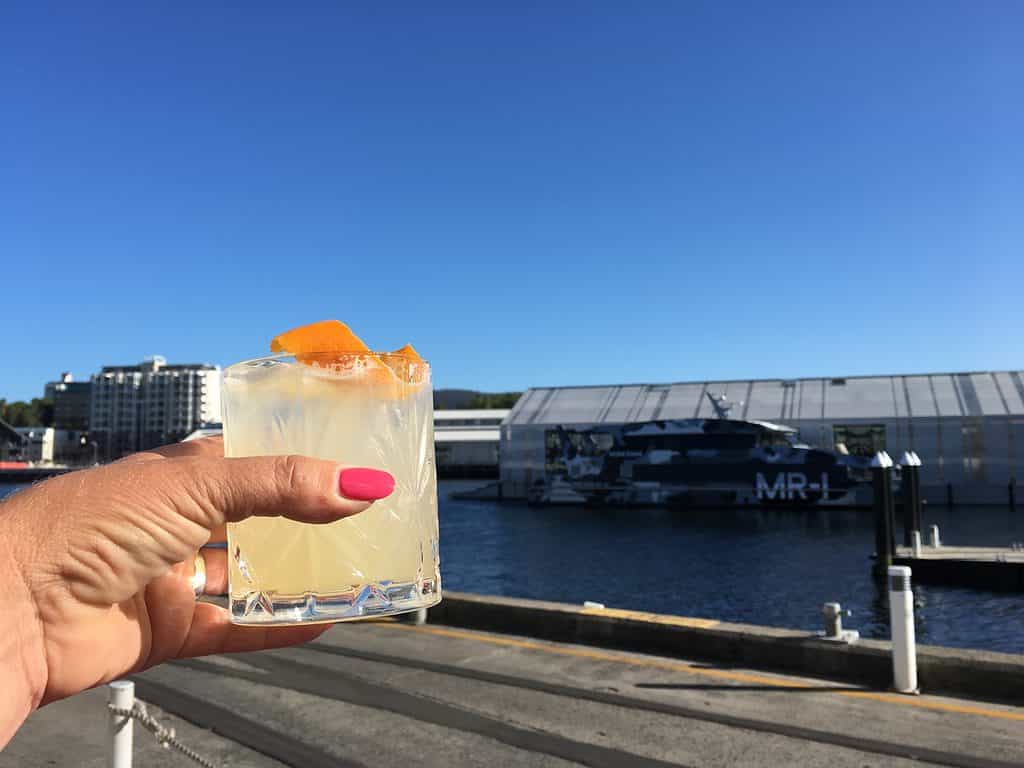
Conclusion
Solo travel can be a truly empowering and life-changing experience.
So, whether you’re an introvert looking for a new challenge or someone seeking self-discovery, solo travel is a unique opportunity to grow and gain new perspectives.
Remember to start small and work your way up if you need to, plan for downtime and self-care, and embrace independence. And most importantly, trust your instincts, stay safe, and enjoy the journey.
I hope this guide has been helpful and wish you a wonderful time on your first solo trip! Don’t forget to take lots of photos to document your journey. And if you have any tips or experiences to share, please leave a comment below. Happy travels!
That’s it for now – Keep clicking and stay caffeinated
Like this post? PIN it so you can save it for later
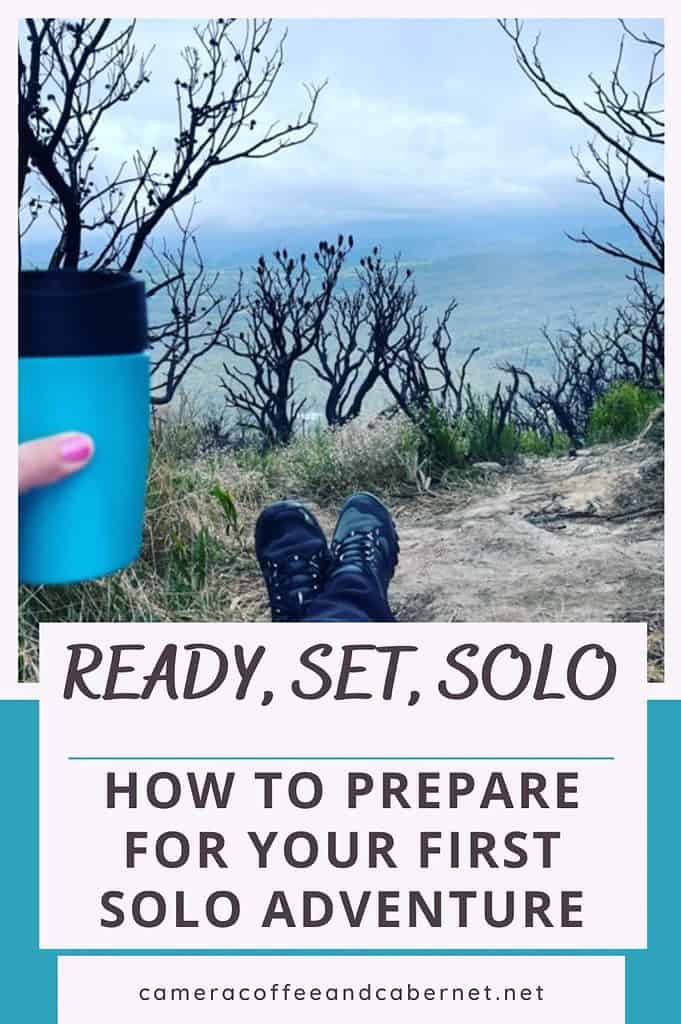
Other Posts You Might Like:
- Solo Travel Can Be Fun
- Pros & Cons Of Solo Travel
- Solo Travel Safety
- Planning A Solo Travel Road Trip
- Thinking About Solo Travel? Things To Consider
- Travel Photography Tips
- Solo Road Trip Lessons
Don’t miss a post – sign up Here if you haven’t already
Note – Unless otherwise stated, all photos are mine and remain my copyright images – Sam Wilson Photography.






